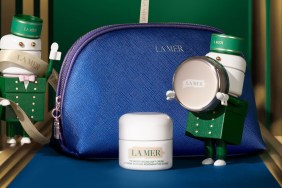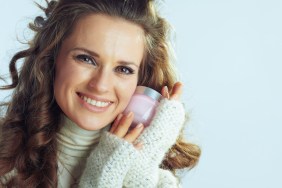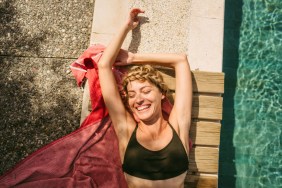
The American Academy of Dermatology did a study with 3,800 women ages 14 to 22 and 81% reported tanning outdoors either frequently or occasionally, 32% had used tanning beds, and 25% went to one weekly. This is incredibly disturbing especially since melanoma is increasing particularly fast in females 15 to 29 years old, and the incidences of skin cancer have been on the rise for the last 30 years.
Some quick facts:
- Skin cancer is the most common form of cancer in the United States.
- 1 in 50 people born this year will develop melanoma over their lifetime – it’s not rare.
- The key is early diagnoses, which results in an 80% cure rate, so schedule a full body check with your dermatologist who will then, depending on a variety of factors, let you know how often you should get your body checked.
- The amount of sunscreen you apply does matter. You should apply one ounce to cover your entire body (equivalent to a gold-ball size).
- Ideally, sunscreen should be used in conjunction with avoiding the prime solar hours of 10 A.M. to 4 P.M., seeking shade, and wearing protective clothing including hats and sunglasses.
- Self-examination for new or changes in dark spots and moles should be performed regularly. Most people find their own melanomas.
- Contrary to popular belief that dark skinned people can’t develop melanoma, it can develop in skin of any color and even in unexposed areas.
- Tanning beds don’t provide any Vitamin D and while you won’t likely get enough of the vitamin from sun exposure if you protect your skin properly, the healthiest way to get adequate levels of Vitamin D is actually by mouth (supplements, fortified juice or milk, Vitamin D-rich foods).

To hit the message home, La Roche-Posay launched another year of its Save Our Skin (SOS) campaign to educate people about the dangers of UV exposure. One of the coolest components of the program is that it includes a free iPhone application called My UV Check. The application uses location-based services to assess the strength of UVA (which cause aging) and UVB (which cause burning) rays. If you need to be convinced that you need SPF protection daily, I would urge you to download this and you’ll quickly see that even in the dead of winter, UVA rays are just as strong as they are in the peak of summer. Like I said, it took me a while to get to the point where I realized that daily protection was essential – I hope it doesn’t take you as long.
Lastly, given that it was a La Roche-Posay event, I couldn’t leave without getting the lowdown on their latest launch. This month, the brand is launching Anthelios 50 Mineral Ultra Light Sunscreen Fluid SPF 50 (it hits stores nationwide in July). Most pure mineral-only sunscreens give low UVA coverage (often people are unaware because it’s UVB rays that cause the immediately visible burns; UVA damage is something you see in the long run). Further, 97% of sunscreens claiming to be mineral also include chemical UV filters. This newbie from La Roche-Posay is 100% mineral UV protection, it doesn’t have a whitening texture, and it’s a lot lighter than some of their other products which I’ve found can be somewhat pasty.
The Marc Jacobs image above is part of an ongoing campaign to raise awareness about the deadly skin cancer and benefit melanoma research at the NYU Cancer Institute at NYU Langone Medical Center. The campaign, which features more than a dozen celebrities baring all for skin cancer, has already raised over $1 million for the NYU School of Medicine’s Interdisciplinary Melanoma Cooperative Group (IMCG).








